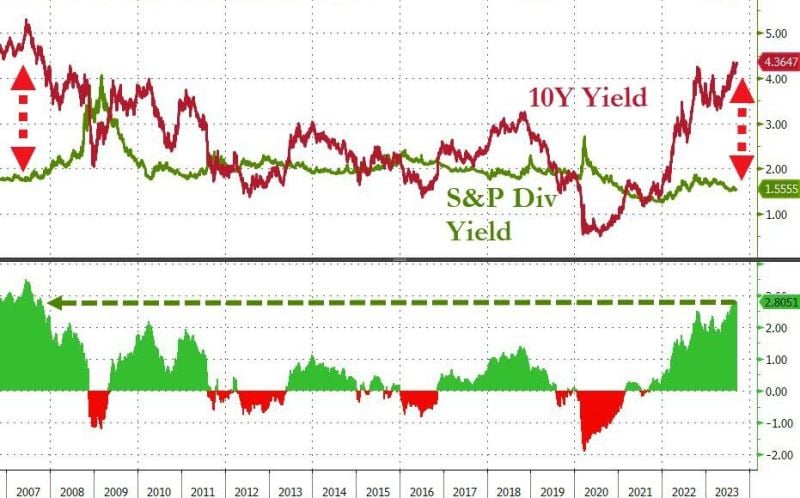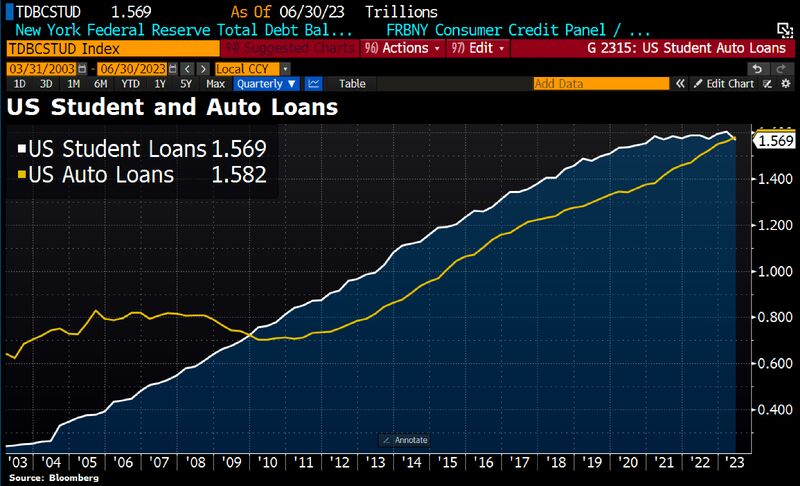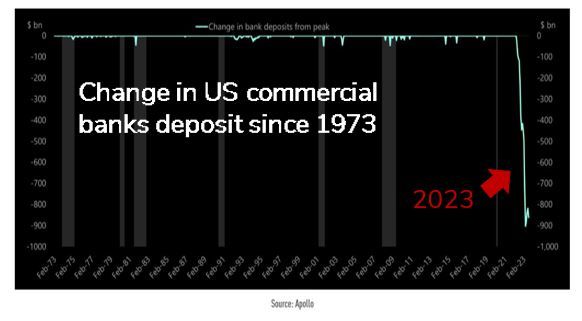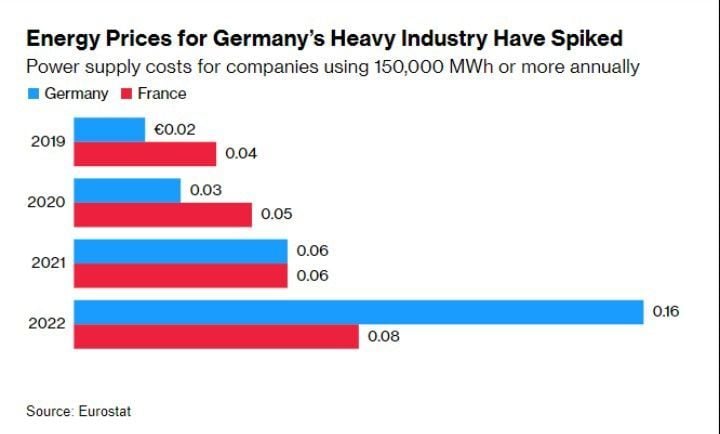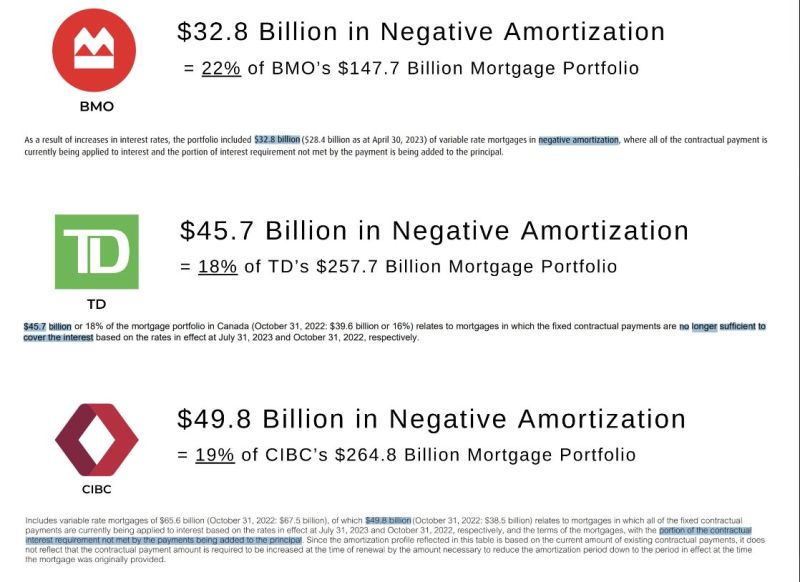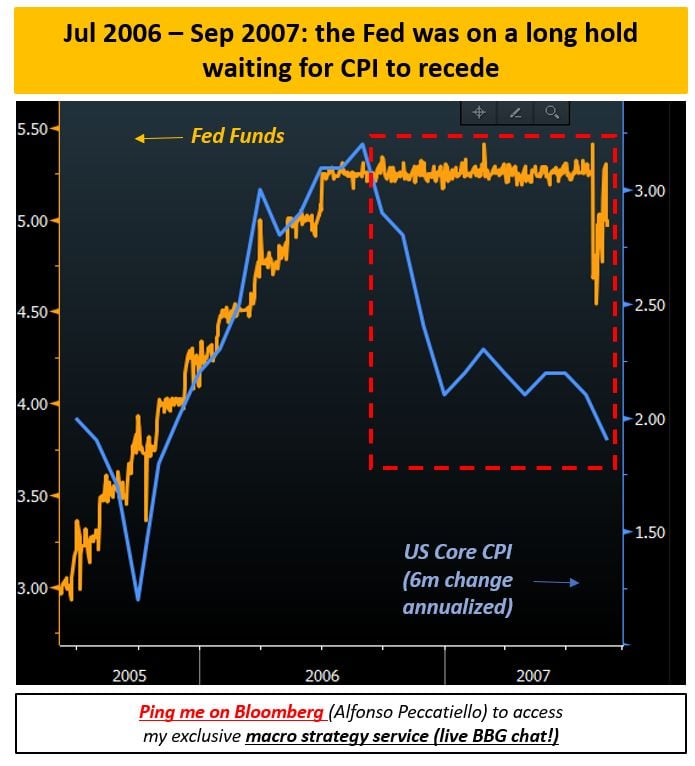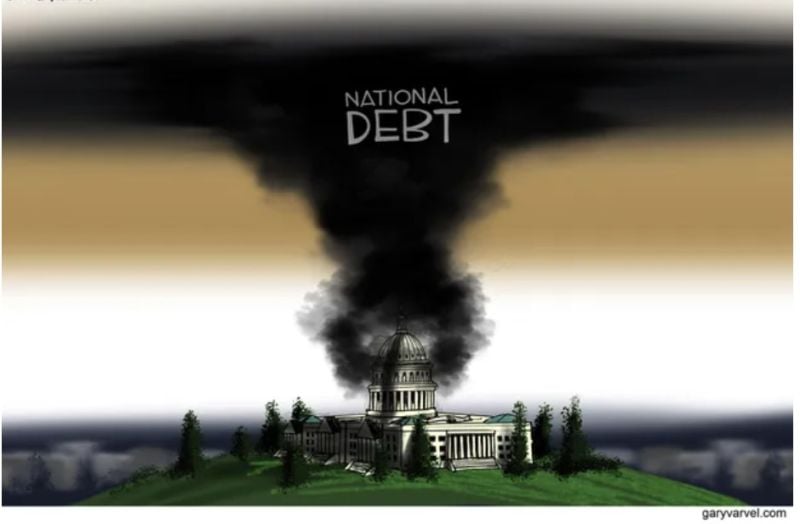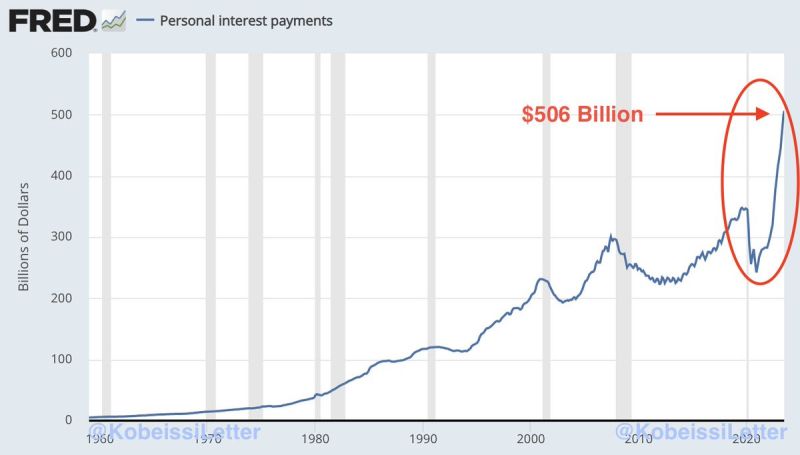Straight from the Desk
Syz the moment
Live feeds, charts, breaking stories, all day long.
- All
- us
- macro
- equities
- Food for Thoughts
- sp500
- Central banks
- Bonds
- markets
- bitcoin
- Asia
- technical analysis
- investing
- europe
- Crypto
- geopolitics
- tech
- performance
- gold
- Commodities
- AI
- nvidia
- ETF
- earnings
- Forex
- Real Estate
- oil
- banking
- magnificent-7
- Volatility
- nasdaq
- apple
- emerging-markets
- energy
- china
- Alternatives
- switzerland
- tesla
- trading
- sentiment
- russia
- Money Market
- assetmanagement
- UK
- ESG
- Middle East
- microsoft
- amazon
- ethereum
- meta
- bankruptcy
- Turkey
- Healthcare
- Industrial-production
- Global Markets Outlook
- africa
- brics
- Market Outlook
- Asset Allocation Insights
- Flash
- Focus
From October onwards, US consumers face a double whammy: student loans + auto loans...
Suspended Student loan payments helped fuel the auto market over the last several years. Auto loans pass Student loans in consumer debt load for the first time in 13yrs, which means consumers face a double-whammy starting in October w/existing auto payments & resumed student loan obligations. Auto loan delinquencies are on the rise and more consumers could fall behind if unemployment increases. Source: Bloomberg, HolgerZ
In the US, the slow motion bank run continue...
Interest Rates on Deposits, by Bank: 1. Wells Fargo: 0.15% 2. Citibank: 0.05% 3. Chase: 0.01% 4. Bank of America: 0.01% 5. US Bank: 0.01% Rates on Alternatives to Bank Deposits: 1. CDs: 5.0% 2. Money Market: 4.5% 3. Treasury Bonds: 4.0% Deposits continue to flow out of banks at a historic pace with $1 trillion+ withdrawn over the last year. The era of "free" money for large US banks is coming to an end. They must raise interest paid on deposits or capital will continue to leave. Source: The Kobeissi Letter, Apollo
Why German industrial model is at risk in one chart...
Without reliable access to affordable power, Germany fears energy-intensive companies will invest elsewhere, and “we will lose this industrial base,” vice-chancellor Robert Habeck said. Source: Eurostat, Gustavo Philippsen Fuhr
Have you ever heard about mortgages in negative amortization?
As highlighted by The Kobeissi Letter, three of Canada's largest banks are seeing ~20% of their outstanding mortgages in negative amortization. What does this mean? Monthly payments on ~20% of mortgages at BMO, TD, and CIBC are no longer enough to cover interest expense. This means you end up owing more than your original loan amount over time. Typically, variable rate mortgages with fixed payments experience this in a rapidly rising interest rate environment. These homeowners may begin to foreclose over the next few months. This is an important trend worth watching.
Can be the second half of 2007 be a good parallel for today's market?
As highlighted by MacroAlf, back in 2007, the FED kept rates at 5.25% (orange) despite core inflation was trending around 2% (blue) for quarters already. That ''higher for longer'' stubborness kept policy unnecessarily tight - as we figured out in 2008... Source: Alfonso Peccatiello
JUST IN: Personal interest payments in the US hit a record $506 BILLION in July
During the first 7 months of 2023, Americans paid a total of $3.3 TRILLION in personal interest. This is up a staggering 80% since 2021 and nearly above the entire 2022 total. The worst part? These numbers do NOT include interest on mortgage payments. Source: The Kobeissi Letter, FRED
Investing with intelligence
Our latest research, commentary and market outlooks

